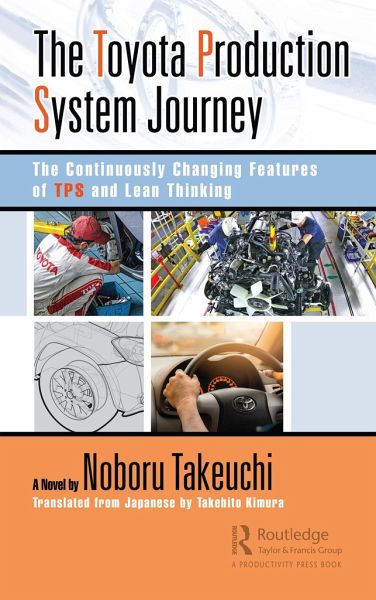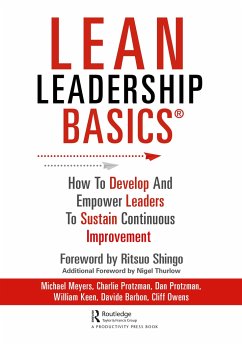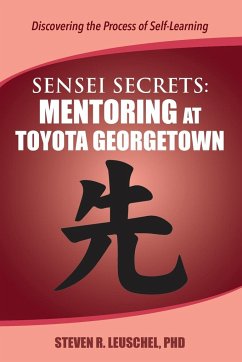
The Toyota Production System Journey
The Continuously Changing Features of TPS and Lean Thinking
Versandkostenfrei!
Versandfertig in 1-2 Wochen
144,99 €
inkl. MwSt.
Weitere Ausgaben:

PAYBACK Punkte
72 °P sammeln!
The Toyota Production System (TPS) is regarded as a sophisticated concept that helps us understand the world of manufacturing. It evolved from the system of mass-producing cars, established by Ford, and the Japanese have since endeavored to make their own universal production system.














